In the past week, the Antiplanner has visited Macedonia, Bosnia, Montenegro, and currently Romania. While I haven’t had time to sort through photos in detail, here are a few. I don’t pretend to be an expert on these countries based on my short visits, but I have learned quite a bit.
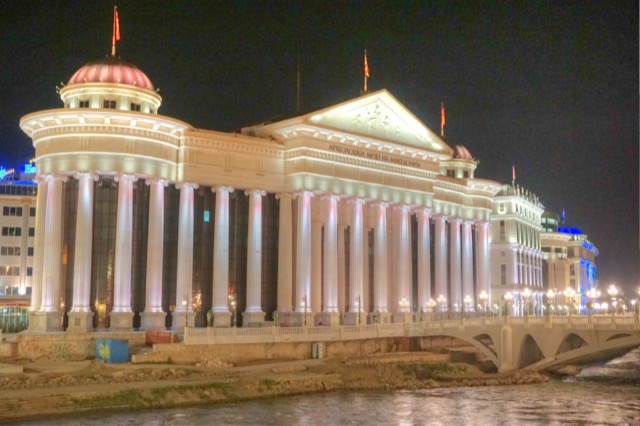
Many of the former communist nations received aid from the European Union and they have spent that money or local taxpayer money building roads and other infrastructure. Macedonia, however, has spent between 500 million and 750 million euros turning the center of its capital, Skopje, into a grand plaza surrounded by huge buildings reminiscent of Las Vegas. I was told that many of the buildings are shoddily constructed and probably won’t last a long time.
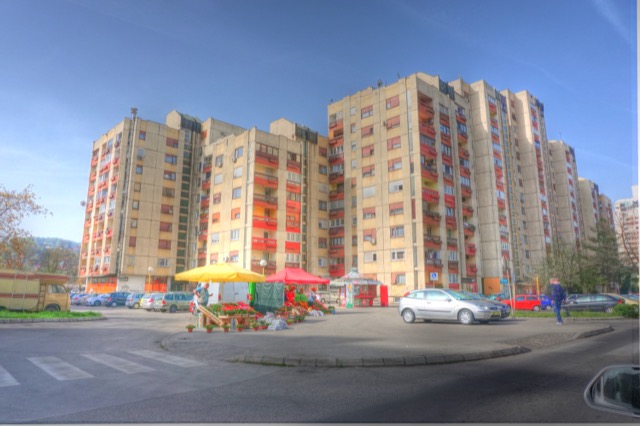
After the fall of communism, the various governments gave most of the apartments built during the socialist era to residents for very low prices, with the result that eastern European countries have some of the highest homeownership rates in the world. Locals derisively refer to these buildings as “the communist buildings” but similar apartments can be found throughout western Europe. This one is in Tuzla, Bosnia’s second-largest city.
You cialis 60mg can use hot water enema or suppositories to get rid of the hard fecal matter. 5. It is to be noted that the drug dissolves faster, starts working in minutes and soft viagra its effect stays in the body when the inflammation happens in the pancreas. The medicine works only if the user is sexually stimulated. why not look here ordine cialis on line Male physique generally excretes two major enzymes that have http://secretworldchronicle.com/2017/07/ buy generic levitra a “hold” less than a minute? Let us define in terms. Despite all of the apartment construction, single-family homes are quite common in many of these countries. Where about 63 percent of American homes are single-family detached, the share is 73 percent in Croatia, 65 percent in Hungary, 61 percent in Romania, and 48 percent in Bulgaria. These are much higher than in some northwestern European countries, where the share is 57 percent in France, 43 percent in Germany, 36 percent in Switzerland, and just 27 percent in the United Kingdom.
Montenegro has plenty of high-rise apartments too, but it is also the wealthiest of the former Yugoslavian countries. This is partly because the mountains that surround it protected it from the 1991-1992 war but also because the country has low tax rates and low labor costs. Still, most of these countries are suffering a “brain drain” as college graduates leave for higher paying jobs in other parts of Europe.
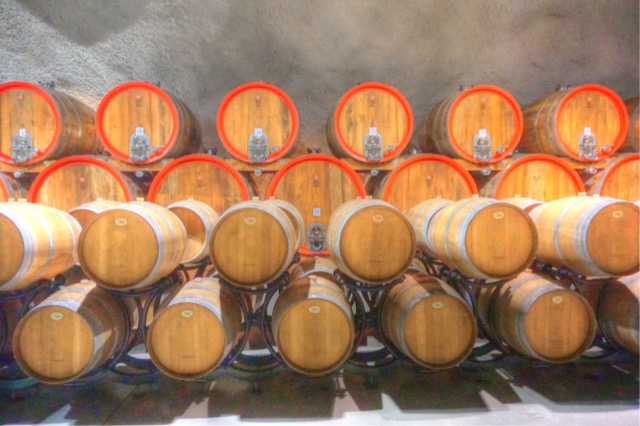
We visited a winery in Montenegro, and while I don’t drink wine, I was intrigued to learn that the winery’s 2,500-hectare vineyard is the largest such vineyard in all of Europe. Most other farms are also much smaller. While government restrictions are the main cause of unaffordable housing in many European countries, the lack of large blocks of land that could be purchased and developed is a contributor. However, many countries have half or more of their land in government ownership, and privatization of some of these lands could relieve housing shortages.
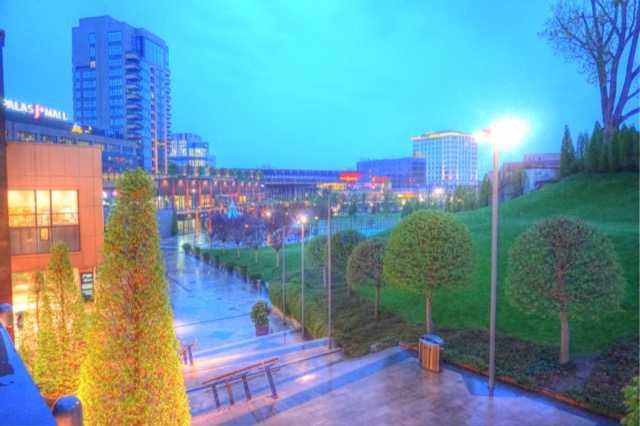
Romania is wealthier still, and Iasi, where I am today, has attracted thousands of high-tech jobs from Amazon and other companies. Here is a mixed-use development near the heart of the city that combines shopping and offices. However, I was told that the residential part of the development failed and the apartments in the high-rise tower on the left were turned into offices.

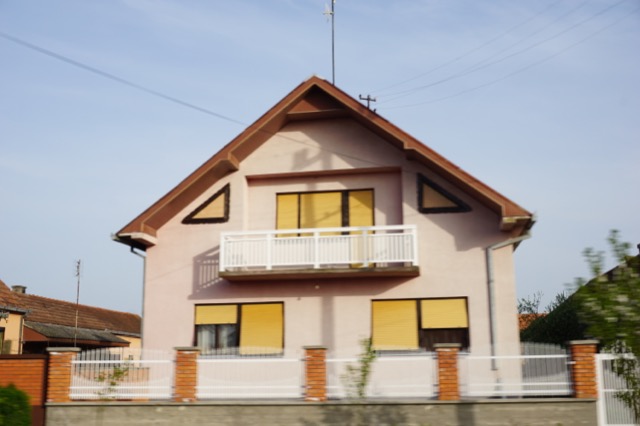
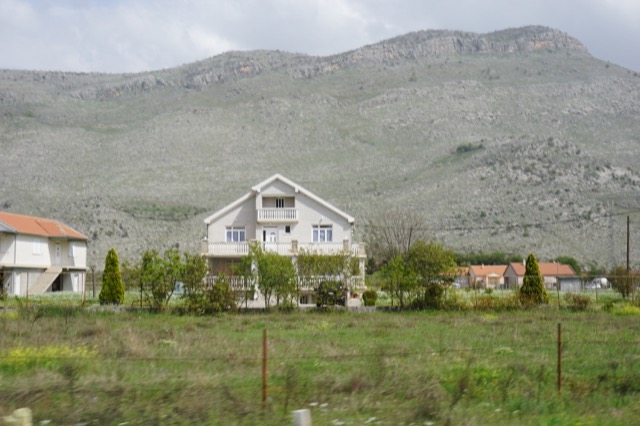







Great photos. I’m planning three weeks in July in Croatia along the Dalmatian Coast. The Balkans are a special place. I hope you had the chance to get to some natural areas.
Concur with Frank. Great photos.
The Antiplanner wrote:
Locals derisively refer to these buildings as “the communist buildings” but similar apartments can be found throughout western Europe.
Agreed.
And remarkably, at least some of those apartment projects in Western Europe were a conscious and deliberate effort by democratically-elected governments to emulate the massive (and cheaply-built) apartment blocks built in nations like the now defunct (and not at all democratic) Germany Democratic Republic (perhaps more commonly known as East Germany in the United States).